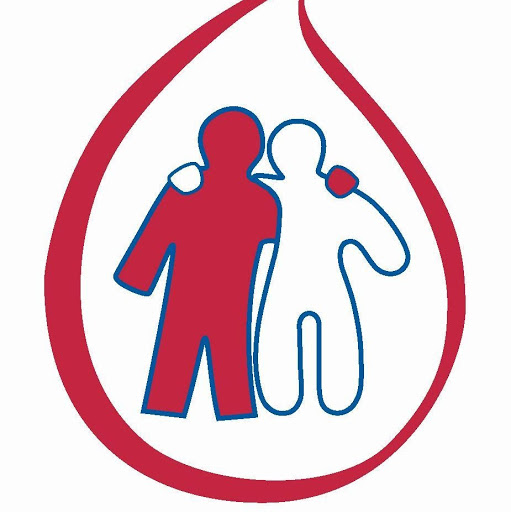Hemophilic patients (type A and B hemophilia and other clotting factors deficiency) can use services offered by the Social Security Organization (SSO) free of charge.
Director-general of Indirect Therapy at the SSO said the “services are completely free” and would include “receiving different blood types, plasma and blood injection, and any kind of special test for hemophilic patients.”
Dr. Mohammad Tavanaee also said special medicines including 11 types of clotting factors, for both out-patients and bed-ridden ones, would be free, reports IRNA.
The treatment costs of each injection session along with the additional equipment will all be paid by the SSO, he added.
Hemophilic patients are also exempted from payment of costs for anti-HIV, HBS Ag, anti-HBS, and anti-HCV tests and also for Hepatitis ‘C’ in addition to HCV-PCR and Ferritin (iron storage protein in the body) blood tests, inclusive of reports.
Additional Services
The SSO also provides additional medical services for patients with thalassemia major and chronic renal failure (patients in need of dialysis), Tavanaee stressed.
He further pointed out that according to certain clauses in the SSO’s budget, 100% of the expenses for hospitalization (at public hospital rate), diagnosis of genetic thalassemia and hemophilia in the first three months of pregnancy for mothers with prior history of the diseases, medical equipment such as artificial veins and arteries, the expenses of Desferal injection pump, and medicines needed by thalassemic, hemophilic, and renal failure patients are paid by the organization and they can use “all these services free of charge.”
The SSO not only “fulfills its commitments towards special diseases patients but also tries to include more patients under the budget clauses so they can benefit from more services at less costs,” Tavanaee said.
Management of hemophilia and inherited bleeding disorders is a major challenge especially in developing countries, because of a shortage or absence of products, the cost and the infrastructural health problems. So far, the high cost of treatment for these patients has been a major obstacle to improve the condition of these patients.


